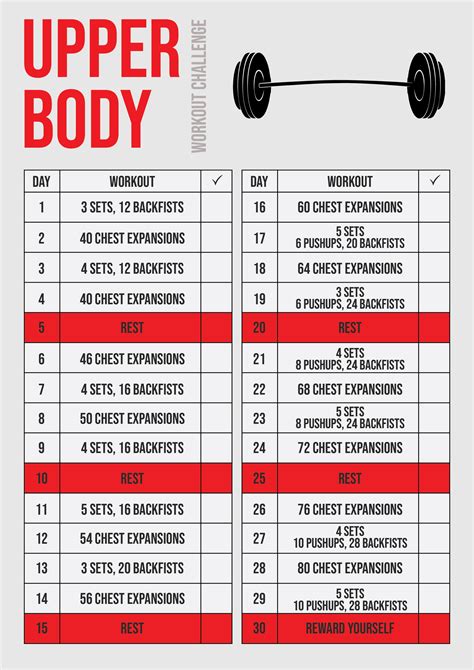Beyond reps: How to optimize progressive overload for consistent strength gains?

Understanding Progressive Overload Beyond Reps
Progressive overload is the fundamental principle for building strength and muscle. At its core, it means continually increasing the demands placed on the musculoskeletal system to force adaptation. While often simplified to just “adding more weight or reps,” a truly optimized approach to progressive overload involves a much broader toolkit. Relying solely on increasing repetitions can lead to diminishing returns and plateaus, especially as you become stronger. To unlock consistent strength gains, we must explore and intelligently apply a variety of progressive overload techniques.

Why “Beyond Reps” Matters for Long-Term Progress
The human body is remarkably adaptable. When you repeatedly perform the same exercise with the same weight and reps, your body eventually stops seeing a reason to get stronger. Simply adding a rep or two each week can only go so far before fatigue accumulates, form breaks down, or the set becomes unmanageable. To prevent plateaus and ensure continuous development, it’s crucial to understand that “overload” can be achieved through multiple avenues, not just linear progression of weight or reps.
Diverse Methods for Progressive Overload
Optimizing progressive overload involves manipulating various training variables. Here are the key methods:
1. Increasing Load (Weight)
This is the most direct and commonly understood method. Gradually increasing the weight you lift for a given number of reps or sets will directly challenge your muscles to produce more force.
2. Increasing Volume (Sets and Reps)
Beyond simply adding reps to a single set, you can increase total working volume. This could mean adding an extra set to an exercise or performing more total reps across all sets, while keeping the weight consistent. Be mindful of recovery, as excessive volume can be counterproductive.
3. Enhancing Intensity (Decreasing Rest Times, Time Under Tension)
- Decreasing Rest Times: Reducing the rest period between sets makes the workout more metabolically challenging and can improve work capacity, forcing your muscles to perform under greater fatigue.
- Increasing Time Under Tension (TUT): This involves slowing down the eccentric (lowering) or concentric (lifting) phase of an exercise, or incorporating pauses at specific points. Longer TUT can increase muscular stress and lead to growth.

4. Improving Technique and Range of Motion (ROM)
Perfecting your form not only reduces injury risk but also makes an exercise more effective by targeting the intended muscles better. Increasing your range of motion (e.g., squatting deeper, pressing with a fuller stretch) demands more from the muscles and joints, effectively making the exercise harder and more beneficial.
5. Increasing Frequency
Training a muscle group more often throughout the week, assuming adequate recovery, can provide more opportunities for stimulus and growth. This is a common strategy in many strength and powerlifting programs.
6. Advanced Techniques (Drop Sets, Supersets, etc.)
Periodically incorporating advanced techniques can provide a novel stimulus. Drop sets involve immediately reducing the weight after reaching failure and continuing the set. Supersets involve performing two exercises back-to-back with minimal rest. These should be used strategically to avoid overtraining.
Strategies for Optimizing Progressive Overload
1. The Importance of Tracking
You can’t optimize what you don’t measure. Keep a detailed workout log, noting the exercises, sets, reps, weight, and even your perceived exertion. This data is invaluable for identifying trends, planning future sessions, and ensuring you are indeed progressing.

2. Periodization: Cycling Your Approach
Periodization involves structuring your training into different phases (e.g., hypertrophy, strength, power) over time. Instead of trying to progressively overload every variable every week, you might focus on increasing volume for a few weeks, then switch to focusing on increasing intensity/weight. This prevents burnout and allows for consistent adaptation.
3. Listening to Your Body and Recovery
Progressive overload is only effective if your body can recover from the stress. Prioritize sleep, nutrition, and stress management. If you’re constantly fatigued or experiencing joint pain, it might be time for a deload week or to adjust your training variables.

Implementing Smart Progressive Overload
A smart approach often involves varying the methods. For instance, for a few weeks, you might focus on adding a small amount of weight to your main lifts. Once that becomes too challenging, you could maintain the weight but increase your reps (within a target range) or decrease rest times. Another cycle might involve focusing on improving form and range of motion with slightly lighter weights, then building back up. The key is never to settle for doing the same thing for too long.
Conclusion
Moving beyond the simplistic view of “just add more reps” is vital for long-term, consistent strength gains. By understanding and strategically applying the diverse methods of progressive overload—including manipulating load, volume, intensity, technique, and frequency—and by meticulously tracking your progress and prioritizing recovery, you can continually challenge your body to adapt and grow stronger. Embrace the multifaceted nature of progressive overload, and your strength will truly know no bounds.







